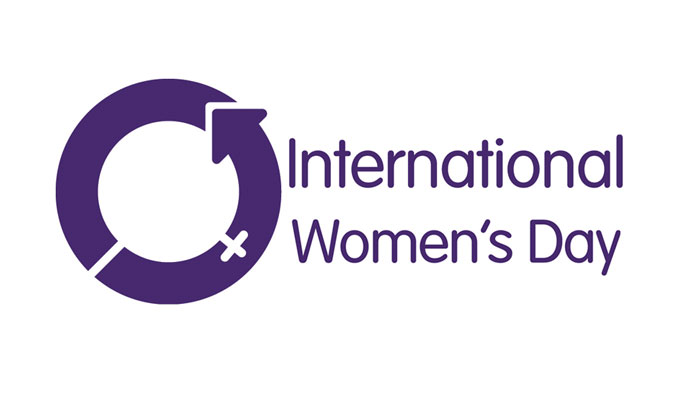
11 Feb 22
By Flic Gabbay
Source: Faculty of Pharmaceutical Medicine
Today is the International Day of Women and Girls in Science. Globally, women remain under-represented in science, technology, engineering, and mathematics (STEM). Approximately 30% of scientists are women[1], but significantly fewer in professions such as information technology and computing, and engineering[2], and fewer than 15% of science biographies on Wikipedia are of women[3]. Some regions, such as central Europe and central Asia, have almost achieved gender equity[4]. However, in the UK, men outnumber women 3:1 in STEM professions (78% compared with 22%)[5]. Information technology and communication (ITC) and engineering demonstrate the biggest gender gaps.
There is still work to be done to encourage women and girls to pursue careers in science. Today though, we celebrate some of the great and inspirational women scientists who have massively changed medicine and without whom we would certainly have been worse off in the last couple of years.
100 years ago, Esther Lederberg was born in the New York, six years before women got the vote in the UK. In the early 1950s, she discovered lambda bacteriophage, laying the foundations of understanding microbial genetics[6]. Bacteriophages are bacterial viruses that naturally restructure bacterial DNA (gene editing) to replicate themselves. DNA had been identified as part of genetic material by Oswald Avery and his team (1944), and, in 1952, Alfred Hershey and Martha Chase, described transfection of DNA as the mechanism by which viral infection occurs[7]. Hershey won the Nobel Prize for the discovery in 1969, but Chase was not included[8].
In the UK, Rosalind Franklin was busy mapping the double helix structure of DNA[9], but what many may not know is that she was also responsible for mapping RNA and the structure of both the tobacco mosaic and polio viruses. Rosalind Franklin died in 1958 without recognition. In 1951, Gertrude Belle Ellion was an author on a paper from Burroughs Wellcome on antagonists of nucleic acids, recognising their potential importance in the treatment of infection. She led the US team that identified acyclovir, an inhibitor of DNA polymerase and the first designed, effective antiviral (patented in 1974). For this, and the many other drugs her team discovered, she received a share in a Nobel Prize in 1988[10].
Understanding bacteriophage gene editing techniques, and the bacterial chemical defence to them, led to the genetic engineering of prokaryotic and eukaryotic cells that underpins all of our modern biologic and advanced therapeutic medicines. Another female Nobel Prize winner, Jennifer Doudana[11], developed the use of a new gene editing technology CRISPR (Clustered Regularly Interspaced Short Palindromic Repeats) technology for easier gene editing. During the COVID-19 pandemic, vaccine and monoclonal antibody technology for treatment has used forms of gene editing. Two of the major vaccine technology teams were led by women: Özlem Türeci[12], born in Germany of Turkish origin (Pfizer-BioNTech vaccine) and Sarah Gilbert[13] (AZ-Oxford vaccine) born in Kettering, UK. Gilbert’s technology is also in use for modern flu vaccines and Türeci’s is being developed for cancer vaccines.
So, women may not yet make up 50% of the work force in STEM careers, but they have certainly made massive contributions over the last 75 years to medicine and to our expectations of health. As career opportunities reach parity with men, which they undoubtedly will, women and girls will be responsible for playing their full part – we must support them for their own sake and in recognition of the early pioneers who fought so hard in ‘a man’s world’ to give them this chance.
We have teams of life science and R&D experts to help achieve your goals and seize opportunities. Whatever your project requires, we have the people to meet your needs.